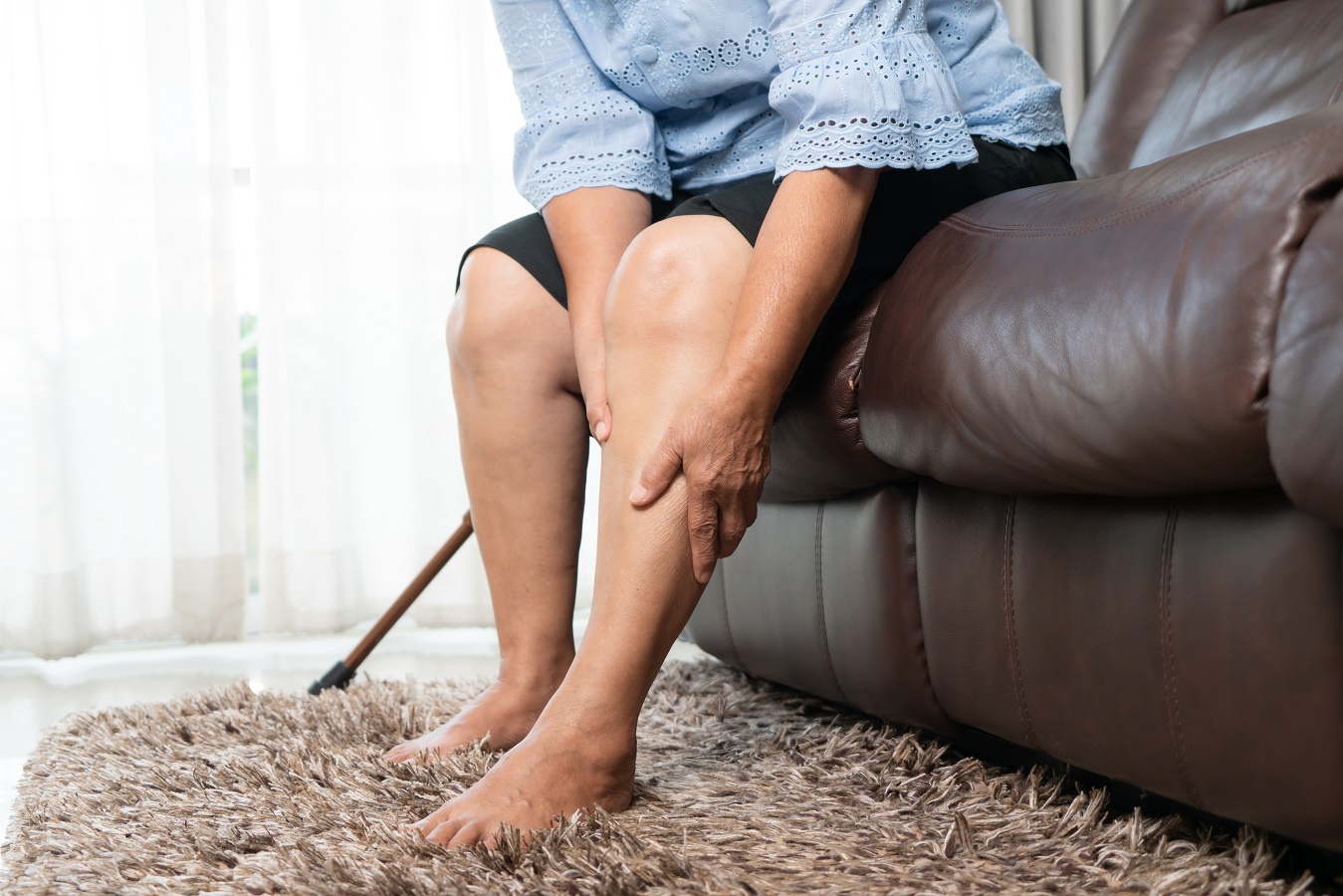Diagnosis and Treatment for Leg, Foot and Ankle Swelling

Swelling in the legs, ankles and feet, (the lower extremities) is a common occurrence with most people and not one that should be a cause for concern. Most people suffer from this if they have been standing or walking more than they usually do. However, if the swelling is accompanied by severe pain and other symptoms, does not fade away in a short time or if the problem is accompanied by other symptoms, it maybe a serious matter and a doctor consulted.
Leg, foot and ankle swelling is known as peripheral edema which means an accumulation of fluids in these parts of the body. The swelling may or may not be painful. Because gravity causes fluids to collect in the lower parts of the body, swelling in these areas is common.The likelihood of fluid collection and swelling in these areas increases with age and is most common among the elderly.The swelling may be in only the leg, foot, or ankle in all 3 places and may be on one side of the body or both. While the swelling itself is normally not a major health issue, it is important to have it diagnosed by a specialist in case it is a symptom of an underlying health issue that needs urgent treatment.
Diagnosis of Swelling
An orthopedic specialist will do a physical examination and perhaps order a series of tests to determine the cause of the problem. The most common causes are being overweight which can cause decreased blood circulation to the lower limbs and standing or sitting for long periods which makes the muscles inactive so they cannot pump up fluids that collect in the lower part of the body.
A person should consult a doctor if they have swelling in the legs, feet and ankles and:
- Have heart, liver or kidney disease.
- The swollen areas are red and warm to the touch.
- Their temperature is above normal.
- The swelling is getting worse.
- Home remedies have not helped
- The problem is chronic – it keeps recurring for no apparent reason.
The doctor will use the patient’s medical history to see if any of the following medications may be causing the problem:
- Steroid intake.
- Estrogen or testosterone intake.
- Use of antidepressants.
- Use of nonsteroidal anti-inflammatory drugs (NSAIDs).
The diagnostic process will also look for the following possible causes:
- Natural hormonal changes in women often occur during pregnancy, the menstrual cycle or menopause.
- Blood clots in the leg that impede blood flow.
- Venous insufficiency which is when the veins are unable to move blood properly, causing it to pool in the legs.
- Pericarditis which is a heart condition that may cause swelling in the legs feet and ankles.
- Blockages in the lymphatic system that causes tissues to become swollen with fluid.
- Normal side effects or more serious complications during pregnancy that cause swelling.
- Cirrhosis and other liver diseases that cause high blood pressure and poor circulation in the legs, feet and ankles.
- Injuries or infections to the legs, feet or ankles that cause increased blood flow to the area that presents itself as swelling.
If these are not the causes, x-rays, ultrasound, MRI, and blood and urine tests may be used to determine the factors that may be causing the swelling.
Treatment for Leg Swelling
Once the cause of the swelling is known, a course of treatment can be prescribed. This may be focused directly on the swollen area or on the medical issues affecting other parts of the body that are causing the swelling.
In general, the following home treatments can help to control the swelling:
- Sleeping or lying down with the legs elevated so they are above heart level. Placing a thick pillow under the legs is an effective way of doing this.
- Staying active and not sitting down continuously for long periods of time. Get up and walk around for a few minutes every hour.
- Reducing body weight to a healthy level.
- Reducing salt intake as this will help in reducing fluid retention.
- Avoiding wearing any tight or restrictive clothing around the thighs.
- Wearing support stocking or compression socks.
Occasional swelling of the legs, feet and ankles is common and can be treated by taking precautions, diet control and gentle exercise, as prescribed by a doctor.If the doctor prescribes any specific form of treatment, medication or physiotherapy, this must beadhered to. The swelling is not a cause for concern in itself, but it must not be ignored. It is important to consult your family physician or an orthopedic specialist to rule out any other health issues that may need treatment.
